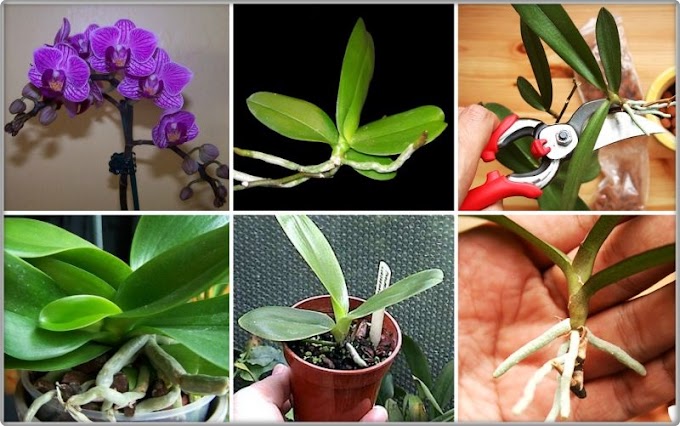Echeveria laui Moran & J.Meyrán
Scientific Classification
Family: Crassulaceae
Subfamily: Sedoideae
Tribe: Sedeae
Subtribe: Sedinae
Genus: Echeveria
Description
Echeveria laui is one of the most attractive of the Echevarias. It is a very slow growing, usually unbranched, succulent plant with blue-grey-white powdery leaves. It grows up to 6 inches (15 cm) tall, but may take many years. The rosettes are up to 5 inches (12.5 cm) in diameter. It is very symmetrical and pretty whether or not it is in flower. The flowers are peachy-rose in color.
Hardiness
USDA hardiness zone 9a to 11a: from 20 °F (−6.7 °C) to 50 °F (+10 °C).
How to Grow and Care
Most of the common Echeveria species are not complicated succulents to grow, provided you follow a few basic rules. First, be careful never to let water sit in the rosette as it can cause rot or fungal diseases that will kill the plant.
Additionally, remove dead leaves from the bottom of the plant as it grows. These dead leaves provide a haven for pests, and Echeveria are susceptible to mealy bugs. As with all succulents, careful watering habits and plenty of light will help ensure success.
Repot as needed, preferably during the warm season. To repot a succulent, make sure the soil is dry before repotting, then gently remove the pot. Knock away the old soil from the roots, making sure to remove any rotted or dead roots in the process.
Treat any cuts with a fungicide. Place the plant in its new pot and backfill with potting soil, spreading the roots out as you repot. Leave the plant dry for a week or so, then begin to water lightly to reduce the risk of root rot… – See more at: How to Grow and Care for Echeveria
Origin
Native to Mexico (Oaxaca).
Subspecies, Varieties, Forms, Cultivars and Hybrids
Echeveria ‘Hakuhou’
Echeveria ‘Laulindsa’
Echeveria ‘Moondust’
Echeveria ‘Pink Champagne’
Links
Back to genus Echeveria
Succulentopedia: Browse succulents by Scientific Name, Common Name, Genus, Family, USDA Hardiness Zone, Origin, or cacti by Genus
Photo gallery
 |
| source: pinterest |
 |
| source: pinterest |




